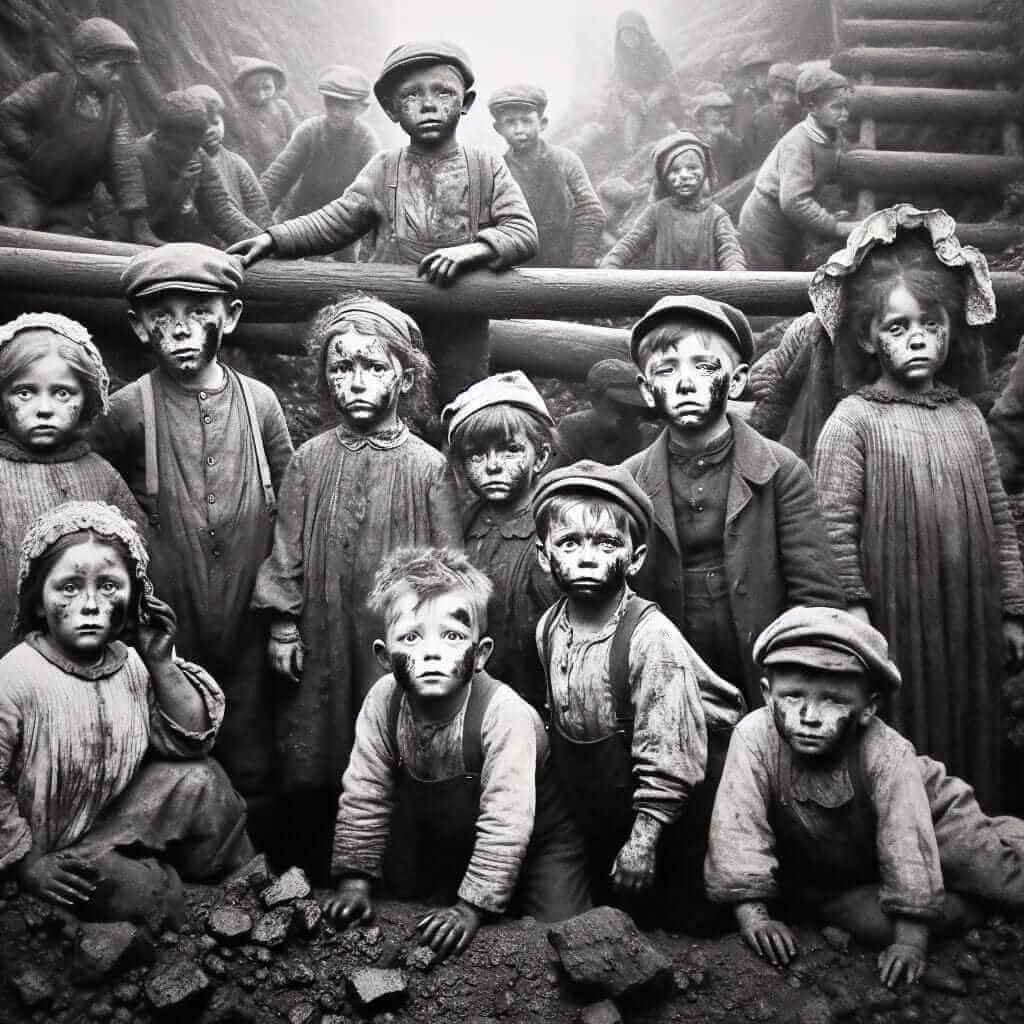The IELTS Reading section is designed to assess a wide range of reading skills, including reading for gist, reading for main ideas, reading for detail, skimming, understanding logical argument, and recognizing writers’ opinions, attitudes, and purpose. Each reading passage is accompanied by a set of questions that test these skills. In this article, we will explore a typical IELTS reading passage, “The Concept of Childhood in the Western Countries,” and provide detailed answers and explanations to help you improve your reading comprehension and prepare for the exam.
Nội dung bài viết
- The Actual Exam Passage
- The Concept of Childhood in the Western Countries
- Comprehension Questions and Answers
- Do the following statements agree with the information given in Reading Passage 3?
- Answer the questions below.
- Common Mistakes in Such Reading Passages
- Vocabulary Highlights
- Grammatical Structures to Note
The Actual Exam Passage
The Concept of Childhood in the Western Countries
The history of childhood has been a topic of interest in social history since the highly influential 1960 book “Centuries of Childhood,” written by French historian Philippe Ariès. He argued that ‘childhood’ is a concept created by modern society.
One of the most hotly debated issues in the history of childhood has been whether childhood is itself a recent invention. The historian Philippe Aries argued that in Western Europe during the Middle Ages (up to about the end of the fifteenth century), children were regarded as miniature adults, with all the intellect and personality that this implies. He scrutinized medieval pictures and diaries, and found no distinction between children and adults as they shared similar leisure activities and often the same type of work. Aries, however, pointed out that this is not to suggest that children were neglected, forsaken or despised. The idea of childhood is not to be confused with affection for children; it corresponds to an awareness of the particular nature of childhood, that particular nature which distinguishes the child from the adult, even the young adult.
There is a long tradition of the children of the poor playing a functional role in contributing to the family income by working either inside or outside the home. In this sense, children are seen as ‘useful.’ Back in the Middle Ages, children as young as 5 or 6 did important chores for their parents and, from the sixteenth century, were often encouraged (or forced) to leave the family by the age of 9 or 10 to work as servants for wealthier families or to be apprenticed to a trade.
With industrialization in the eighteenth and nineteenth centuries, a new demand for child labour was created, and many children were forced to work for long hours in mines, workshops, and factories. Social reformers began to question whether laboring long hours from an early age would harm children’s growing bodies. They began to recognize the potential of carrying out systematic studies to monitor how far these early deprivations might be affecting children’s development.
Gradually, the concerns of the reformers began to impact the working conditions of children. In Britain, the Factory Act of 1833 signified the beginning of legal protection of children from exploitation and was linked to the rise of schools for factory children. The worst forms of child exploitation were gradually eliminated, partly through factory reform but also through the influence of trade unions and economic changes during the nineteenth century which made some forms of child labour redundant. Childhood was increasingly seen as a time for play and education for all children, not just for a privileged minority. Initiating children into work as ‘useful’ children became less of a priority. As the age for starting full-time work was delayed, childhood was increasingly understood as a more extended phase of dependency, development, and learning. Even so, work continued to play a significant, if less central role, in children’s lives throughout the later nineteenth and twentieth centuries. And the ‘useful child’ has become a controversial image during the first decade of the twenty-first century especially in the context of global concern about large numbers of the world’s children engaged in child labour.
The Factory Act of 1833 established half-time schools which allowed children to work and attend school. But in the 1840s, a large proportion of children never went to school, and if they did, they left by the age of 10 or 11. The situation was very different by the end of the nineteenth century in Britain. The school became central to images of ‘a normal’ childhood.
Attending school was no longer a privilege and all children were expected to spend a significant part of their day in a classroom. By going to school, children’s lives were now separated from domestic life at home and from the adult world of work. School became an institution dedicated to shaping the minds, behavior, and morals of the young. Education dominated the management of children’s waking hours, not just through the hours spent in classrooms but through ‘homework’, the growth of ‘after-school’ activities and the importance attached to ‘parental involvement.’
Industrialization, urbanization, and mass schooling also set new challenges for those responsible for protecting children’s welfare and promoting their learning. Increasingly, children were being treated as a group with distinctive needs and they were organized into groups according to their age. For example, teachers needed to know what to expect of children in their classrooms, what kinds of instruction were appropriate for different age groups, and how best to assess children’s progress. They also wanted tools that could enable them to sort and select children according to their abilities and potential.
 Child Labor during the Industrial Revolution
Child Labor during the Industrial Revolution
Comprehension Questions and Answers
Do the following statements agree with the information given in Reading Passage 3?
Write your answers in boxes 28-34 on your answer sheet.
1. Aries pointed out that children did different types of work as adults during the Middle Ages.
False. Aries found that there was no distinction between the types of work done by children and adults.
2. During the Middle Ages, going to work necessarily means children were unloved indicated by Aries.
False. Aries argued that the concept of childhood should not be confused with affection for children.
3. Scientists think that overworked labour damages the health of young children.
Not Given.
4. The rise of trade unions majorly contributed to the protection of children from exploitation in the 19th century.
Not Given.
5. By the aid of half-time schools, most children went to school in the mid-19th century.
False. In the 1840s, a large proportion of children never attended school.
6. In the 20th century, almost all children need to go to school on a full-time schedule.
Not Given.
7. Nowadays, children’s needs are differentiated and categorized based on how old they are.
True. Children were increasingly treated as groups with distinctive needs, organized by age.
Answer the questions below.
Choose NO MORE THAN THREE WORDS from the passage for each answer.
8. What is the controversial topic arising with the French historian Philippe Aries’s concept?
History of childhood.
9. What image for children did Aries believe to be like in Western Europe during the Middle Ages?
Miniature adults.
10. What historical event generated the need for a great amount of child labour to work long term in the 18th and 19th centuries?
Industrialization.
11. What legal format initiated the protection of children from exploitation in the 19th century?
The Factory Act.
12. What activities were more and more regarded as being preferable for almost all children’s time in the 19th century?
Play and education.
13. Where has been the central area for children to spend largely of their day as people’s expectation in modern society?
Classroom.
Common Mistakes in Such Reading Passages
- Misinterpreting statements: Ensure you understand whether the statement is seeking confirmation, contradiction, or absence of information.
- Exceeding word limits: Answer requirements such as “NO MORE THAN THREE WORDS” must be strictly followed.
- Overlooking specific details: Pay close attention to the specifics mentioned, such as dates and factual distinctions.
Vocabulary Highlights
- Intellect (noun): /ˈɪn.tə.lekt/ – the ability to understand and think in an intelligent way.
- Miniature (adjective): /ˈmɪn.i.ə.tʃər/ – small in size.
- Apprenticed (verb): /əˈpren.tɪst/ – to make someone an apprentice.
- Reformers (noun): /rɪˈfɔːr.mər/ – people who make changes to something to improve it.
- Urbanization (noun): /ˌɜː.bən.aɪˈzeɪ.ʃən/ – the process of making an area more urban.
Grammatical Structures to Note
- Passive Voice: Used to emphasize the action rather than who performed the action.
- Example: “The Factory Act of 1833 was established.”
- Relative Clauses: Provide additional information about a noun without starting a new sentence.
- Example: “Teachers needed tools that could enable them to sort and select children.”
- Present Perfect Tense: Used to describe actions that occurred at an indefinite time in the past.
- Example: “The ‘useful child’ has become a controversial image.”
By understanding these key points and common linguistic features, you can tackle IELTS reading passages more effectively and improve your overall comprehension skills.


